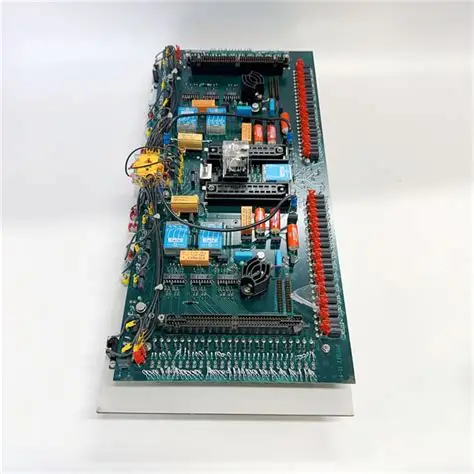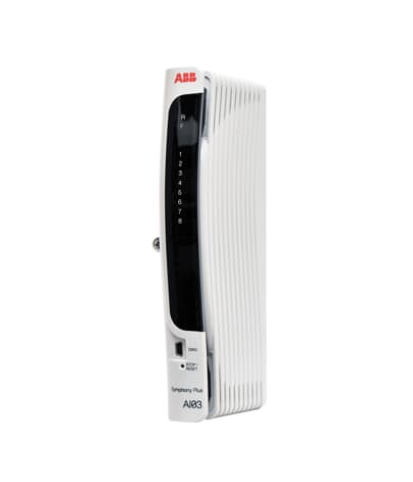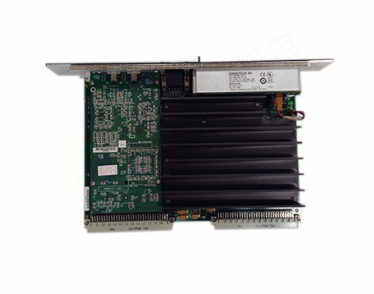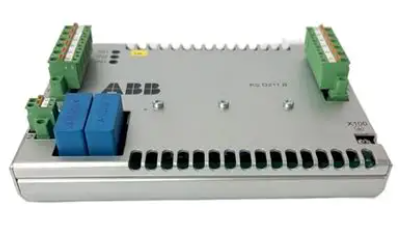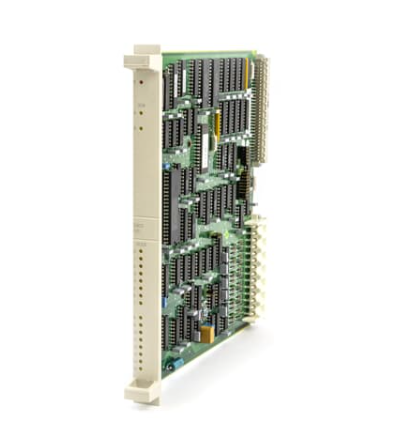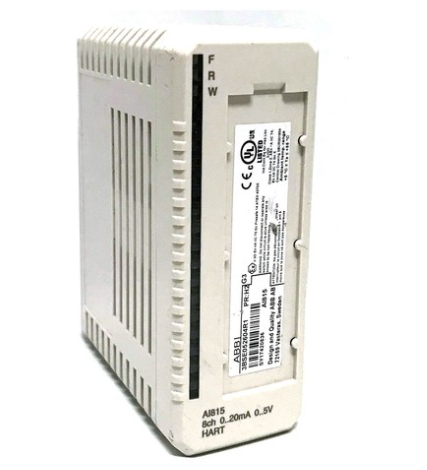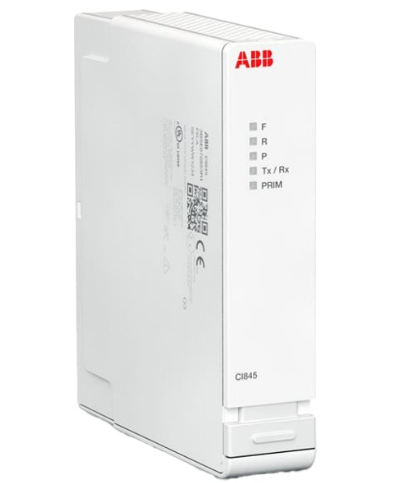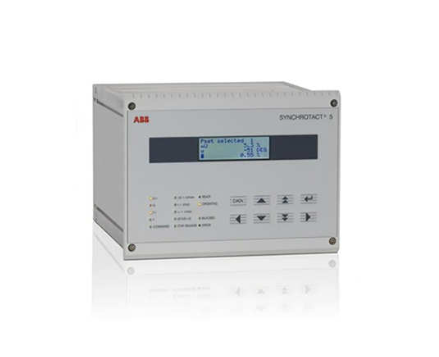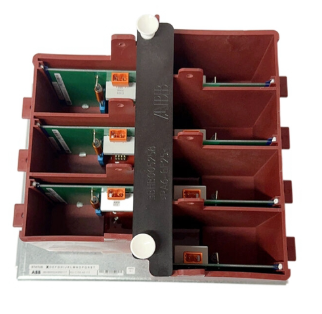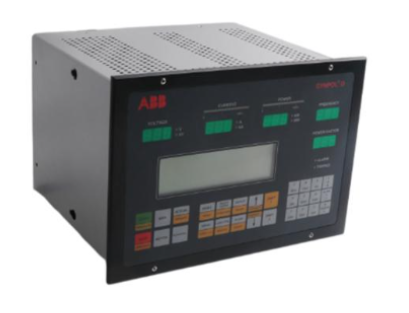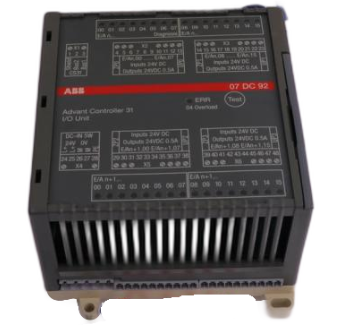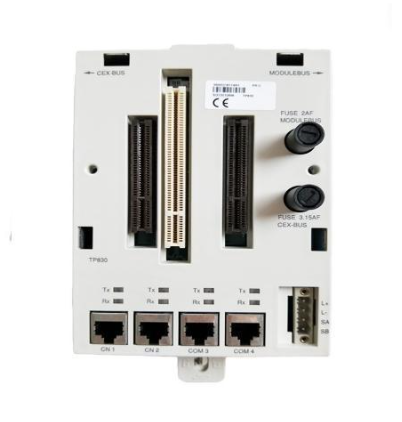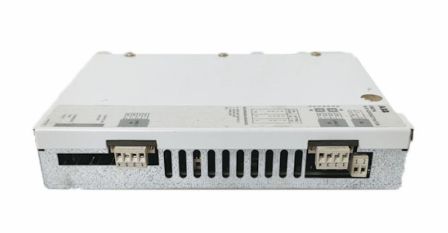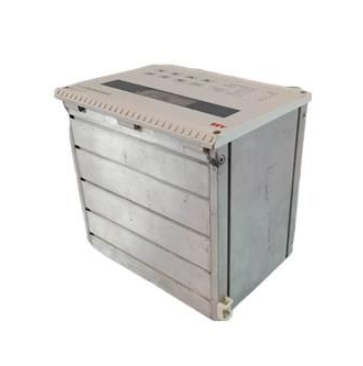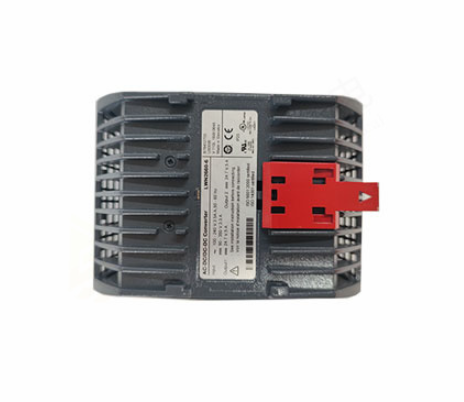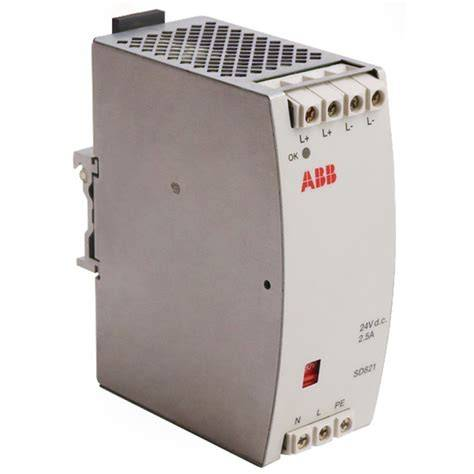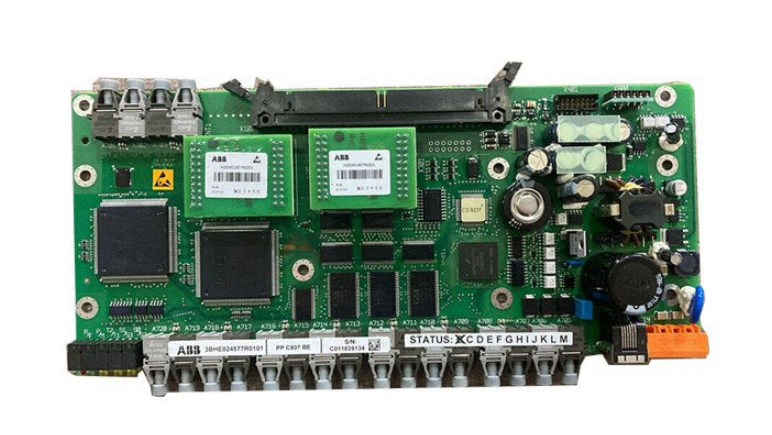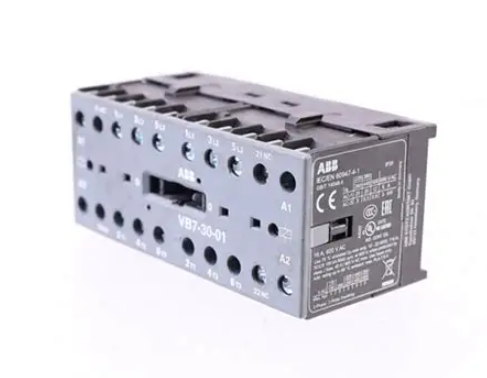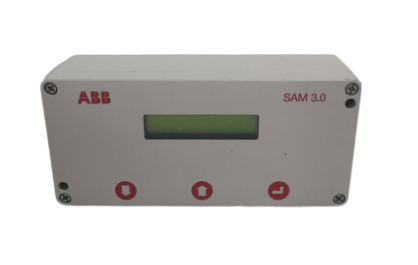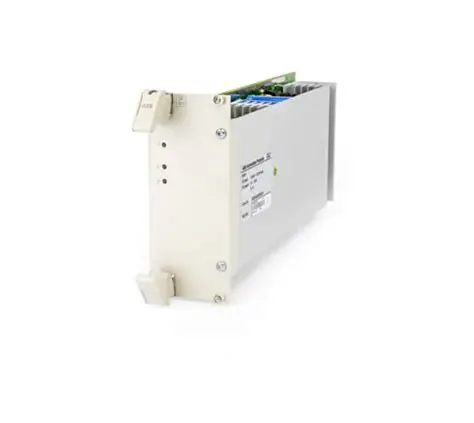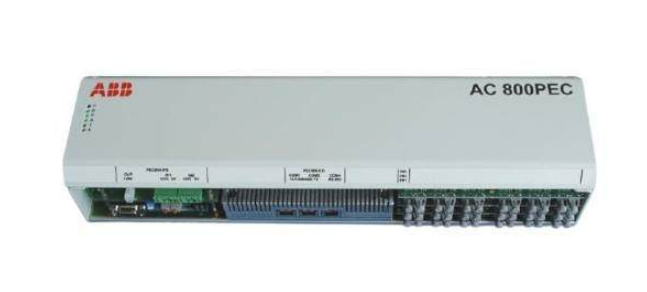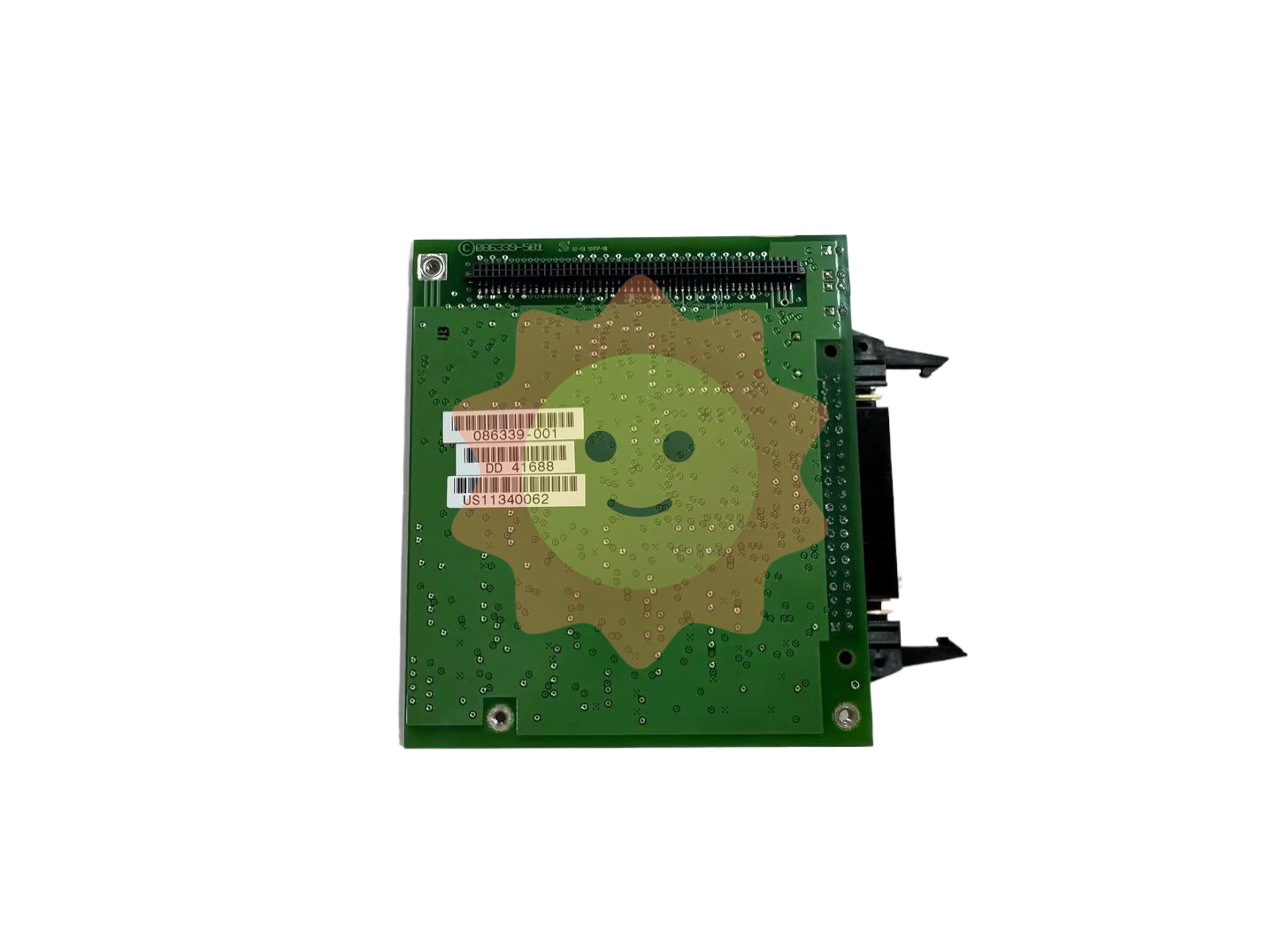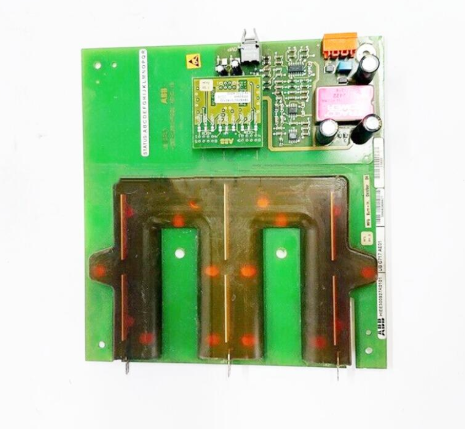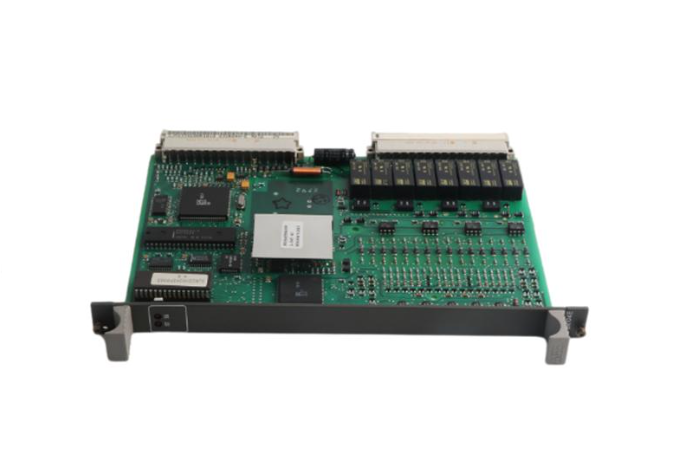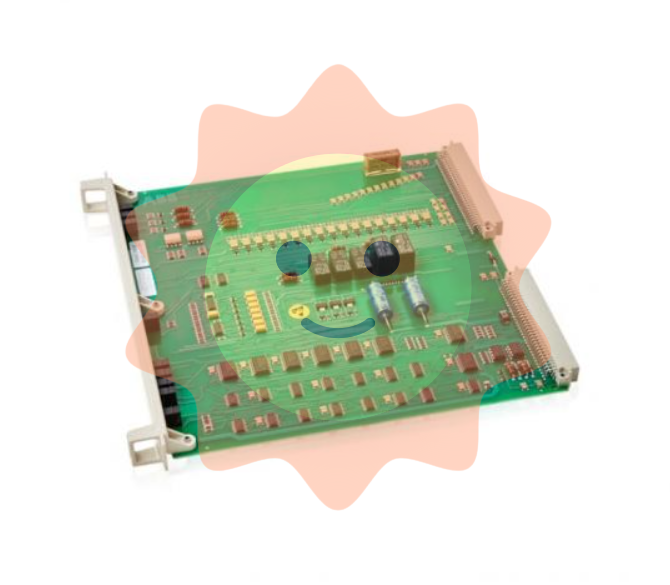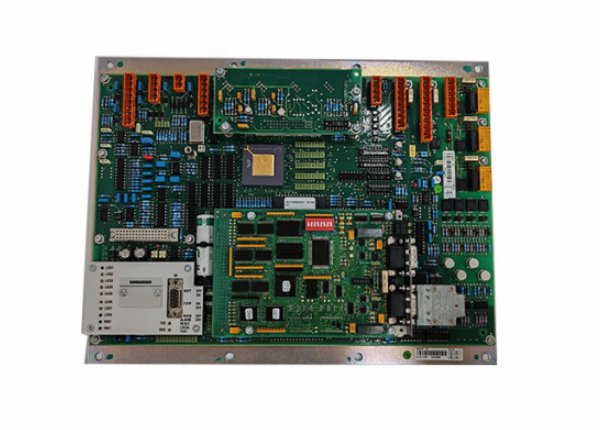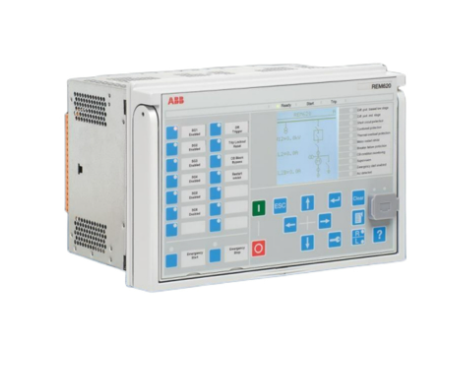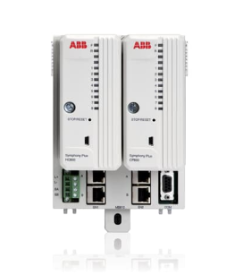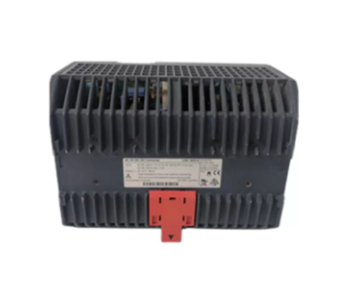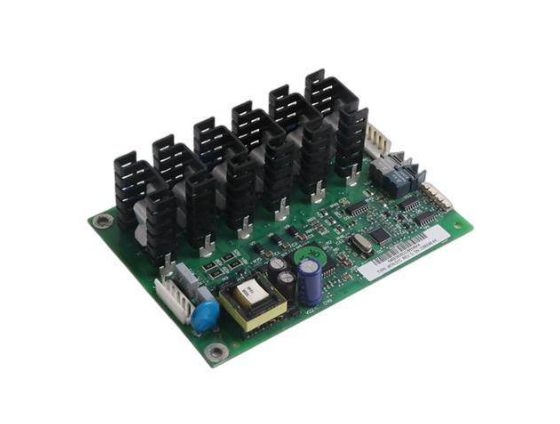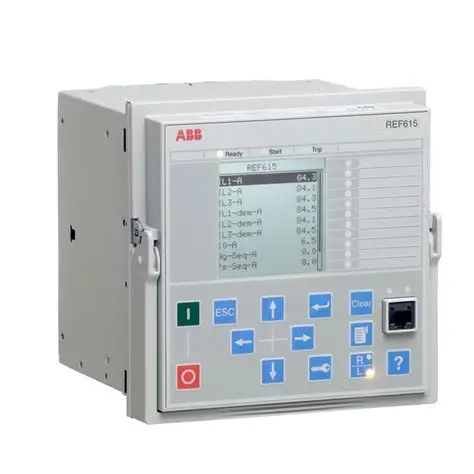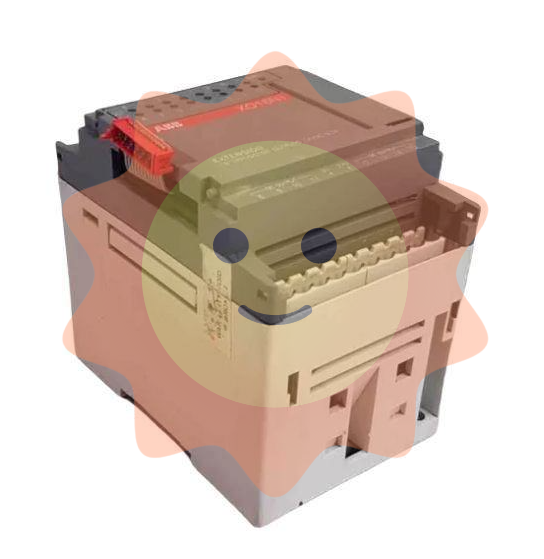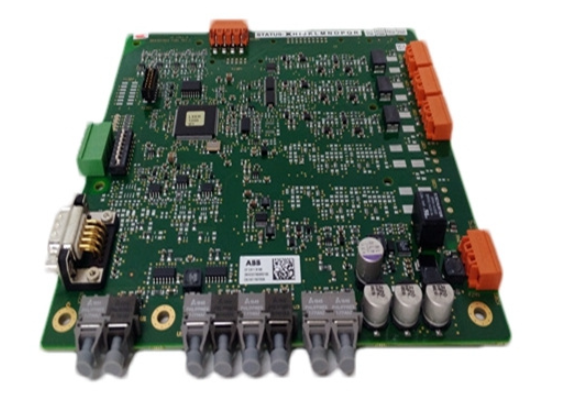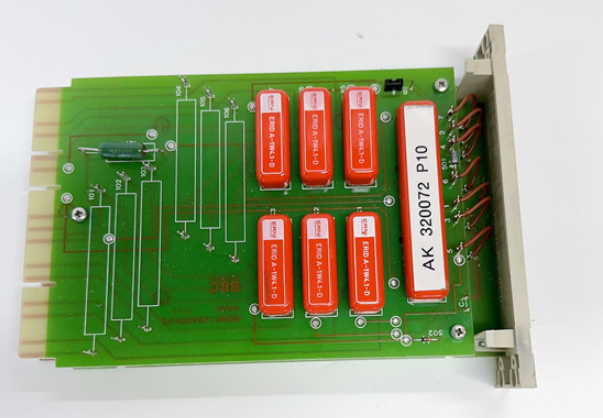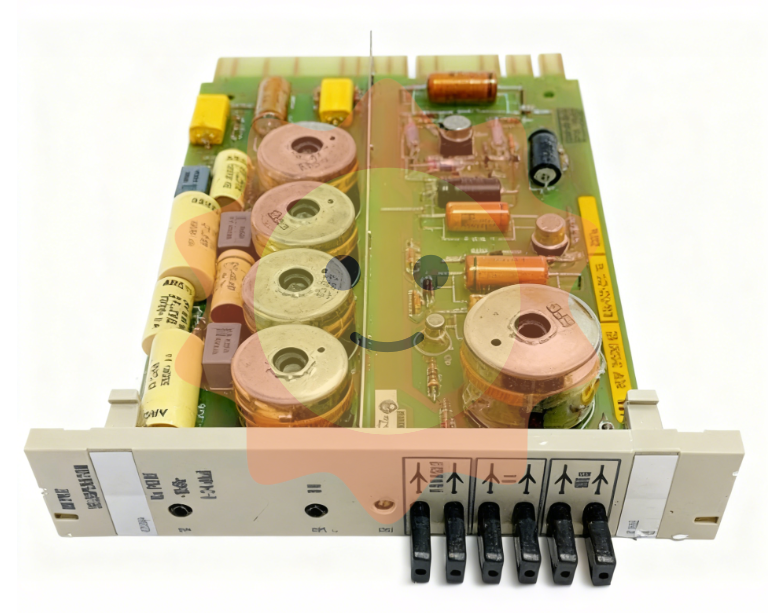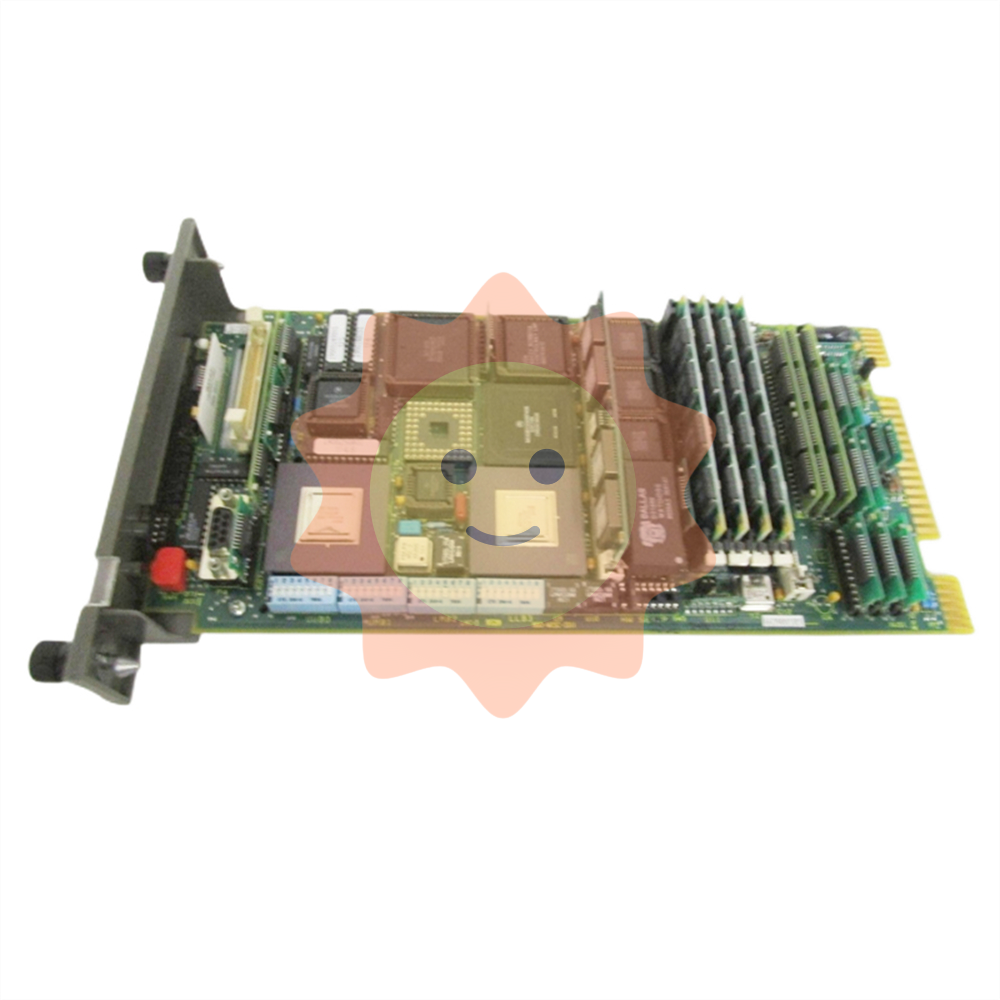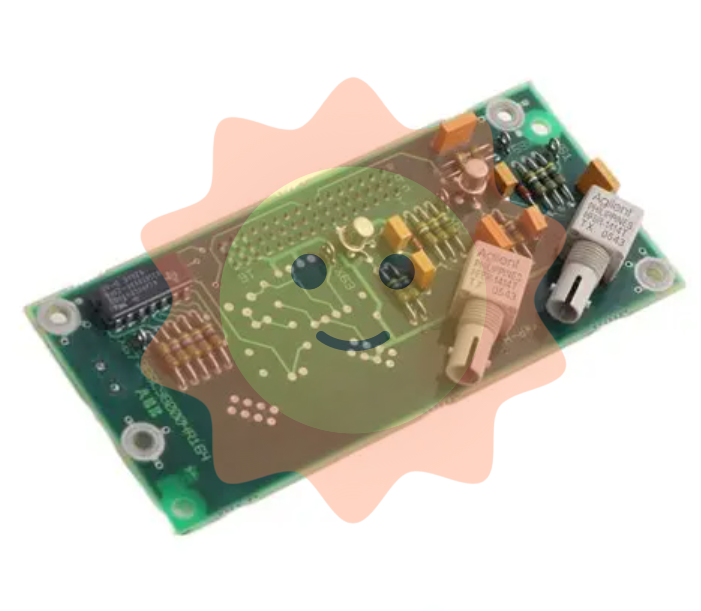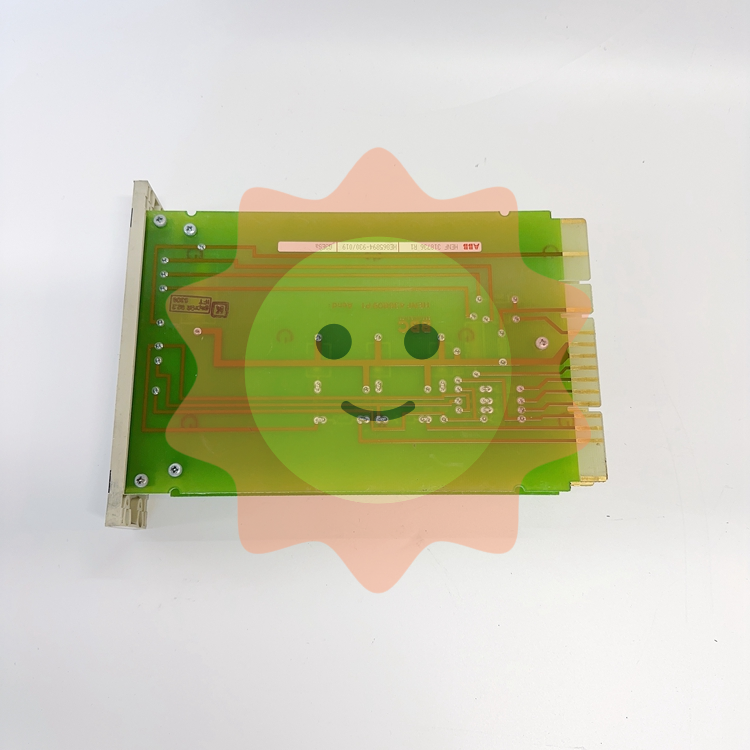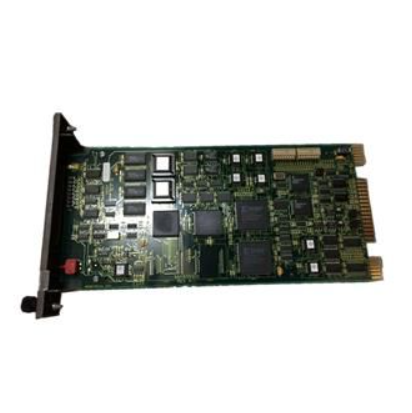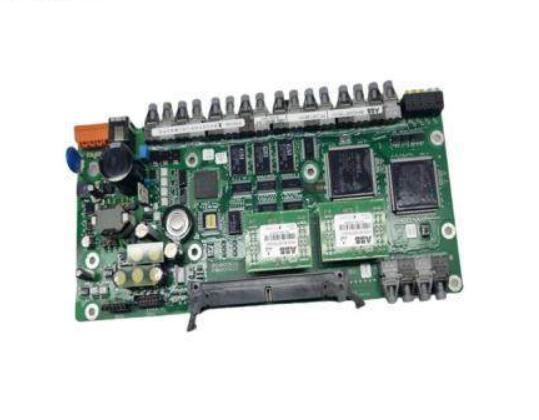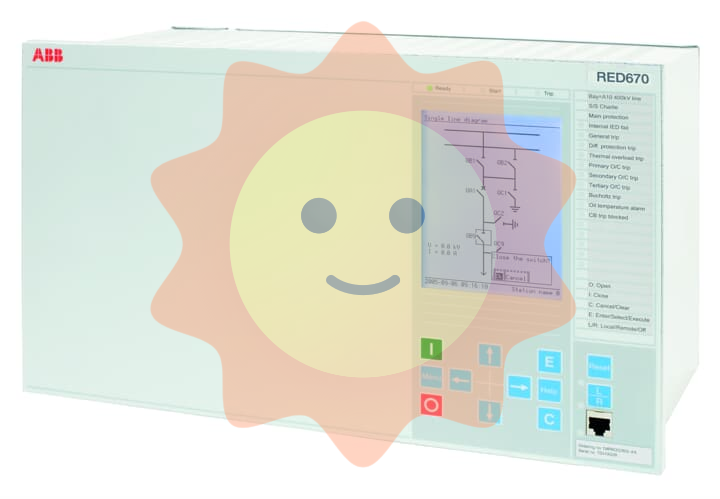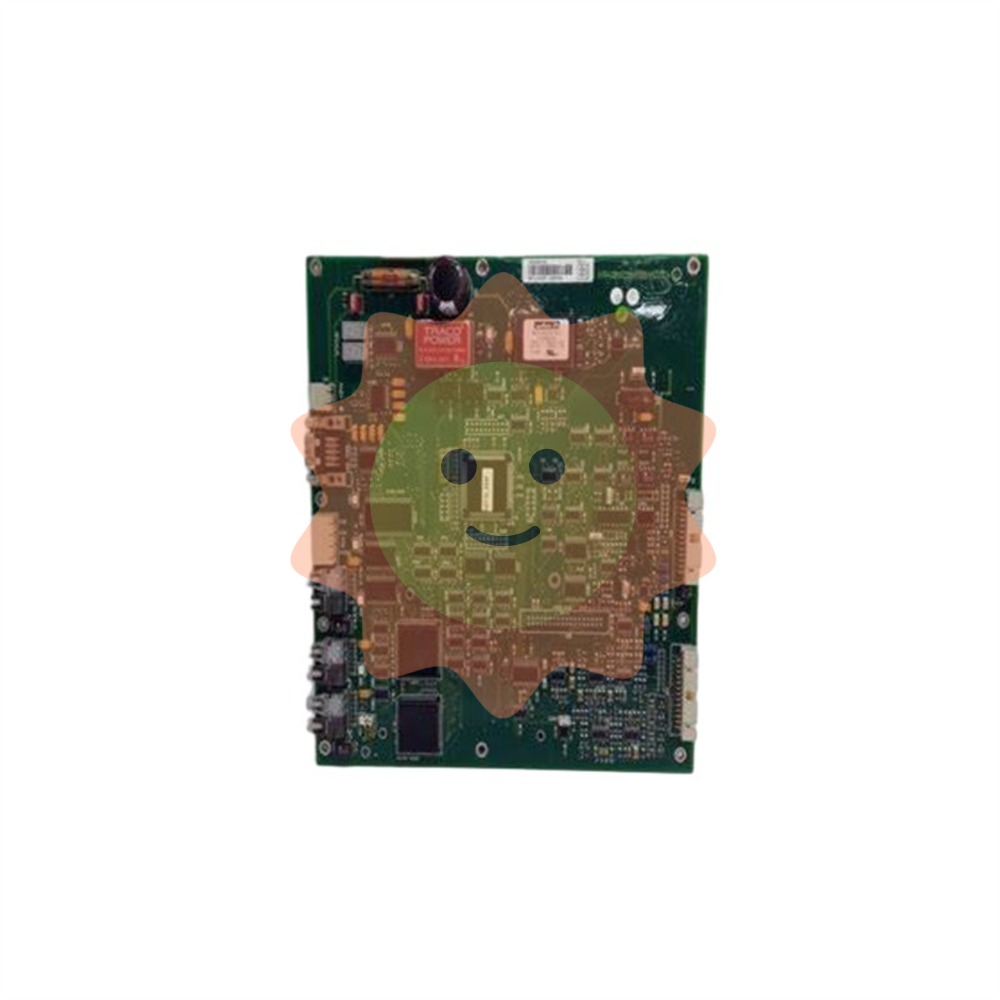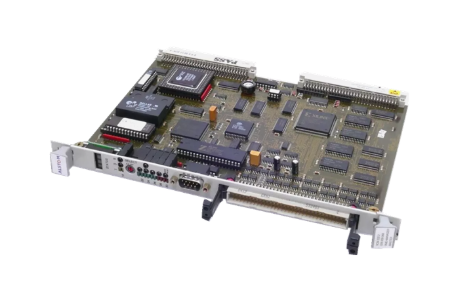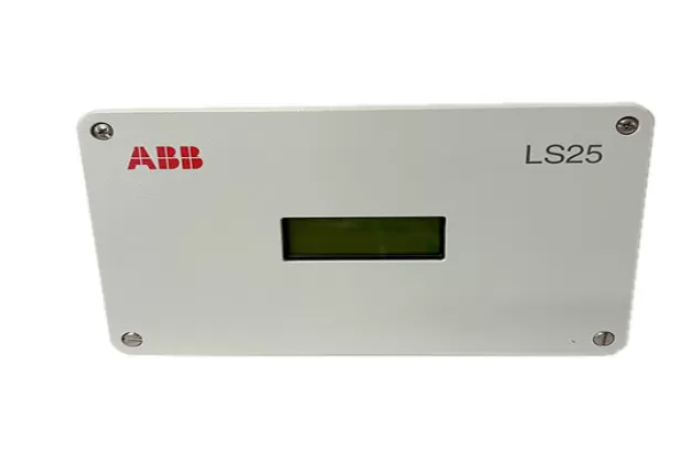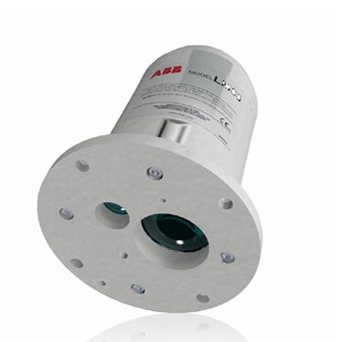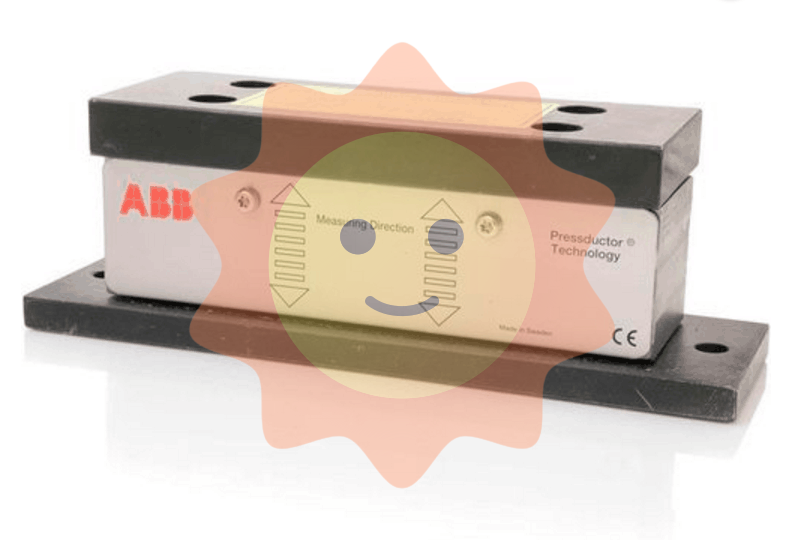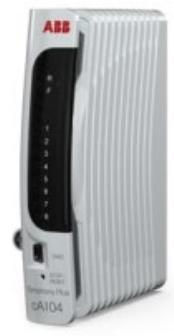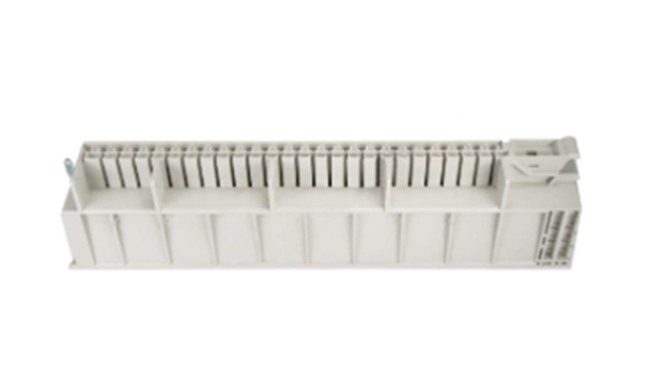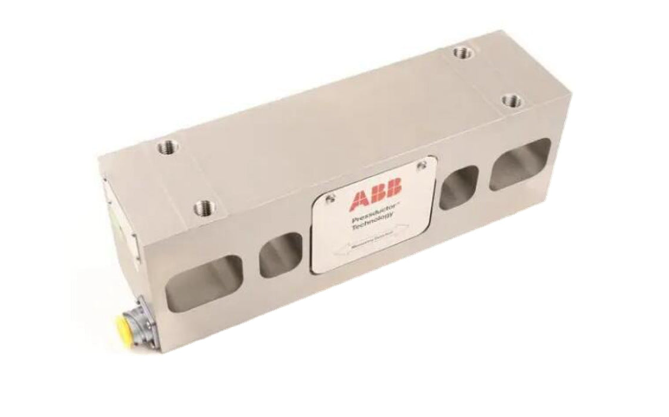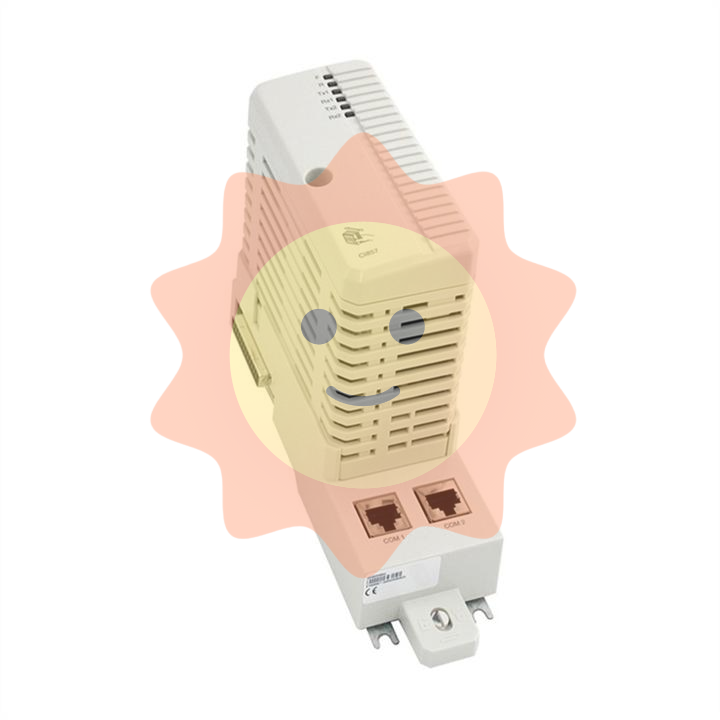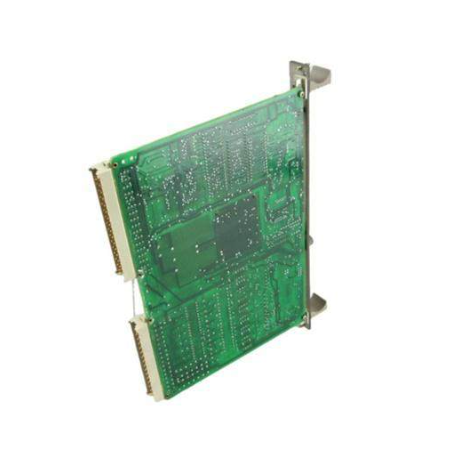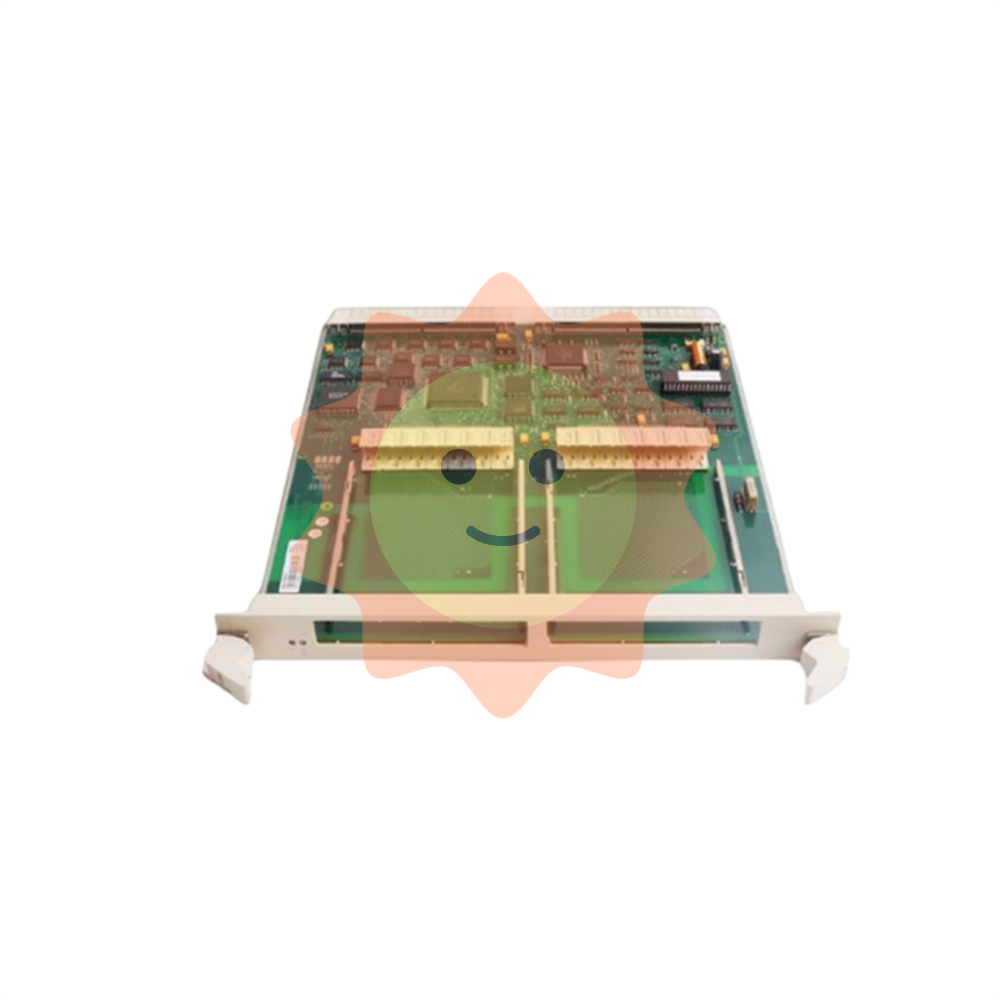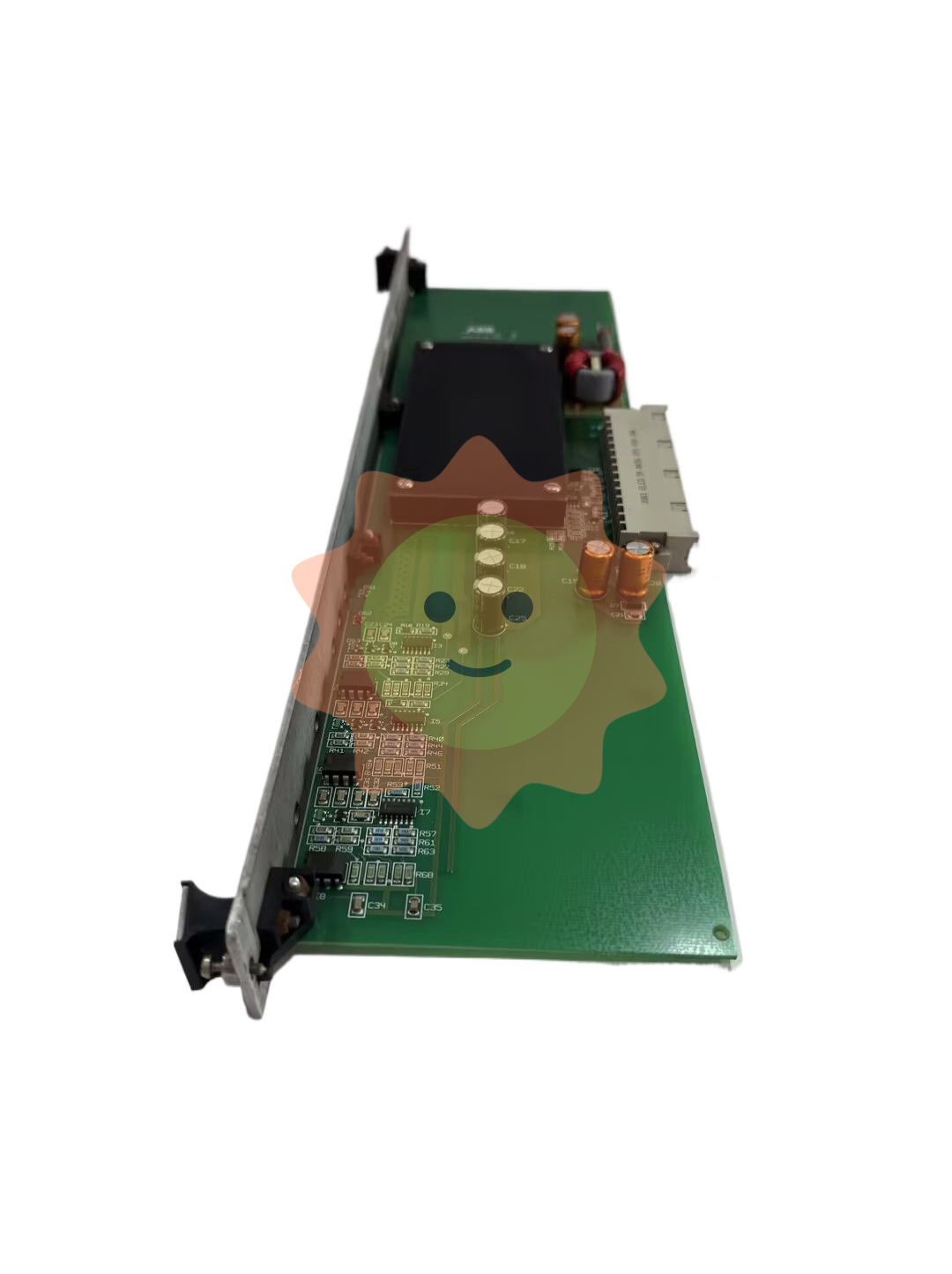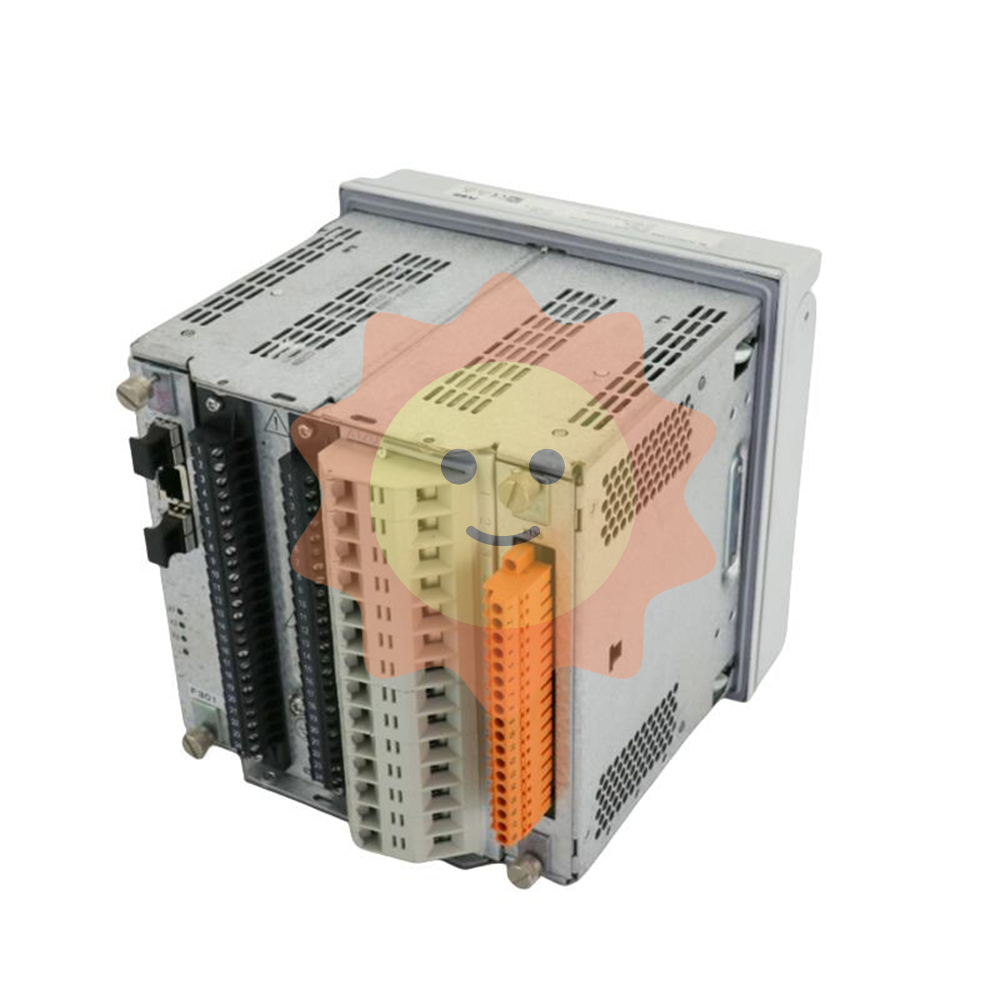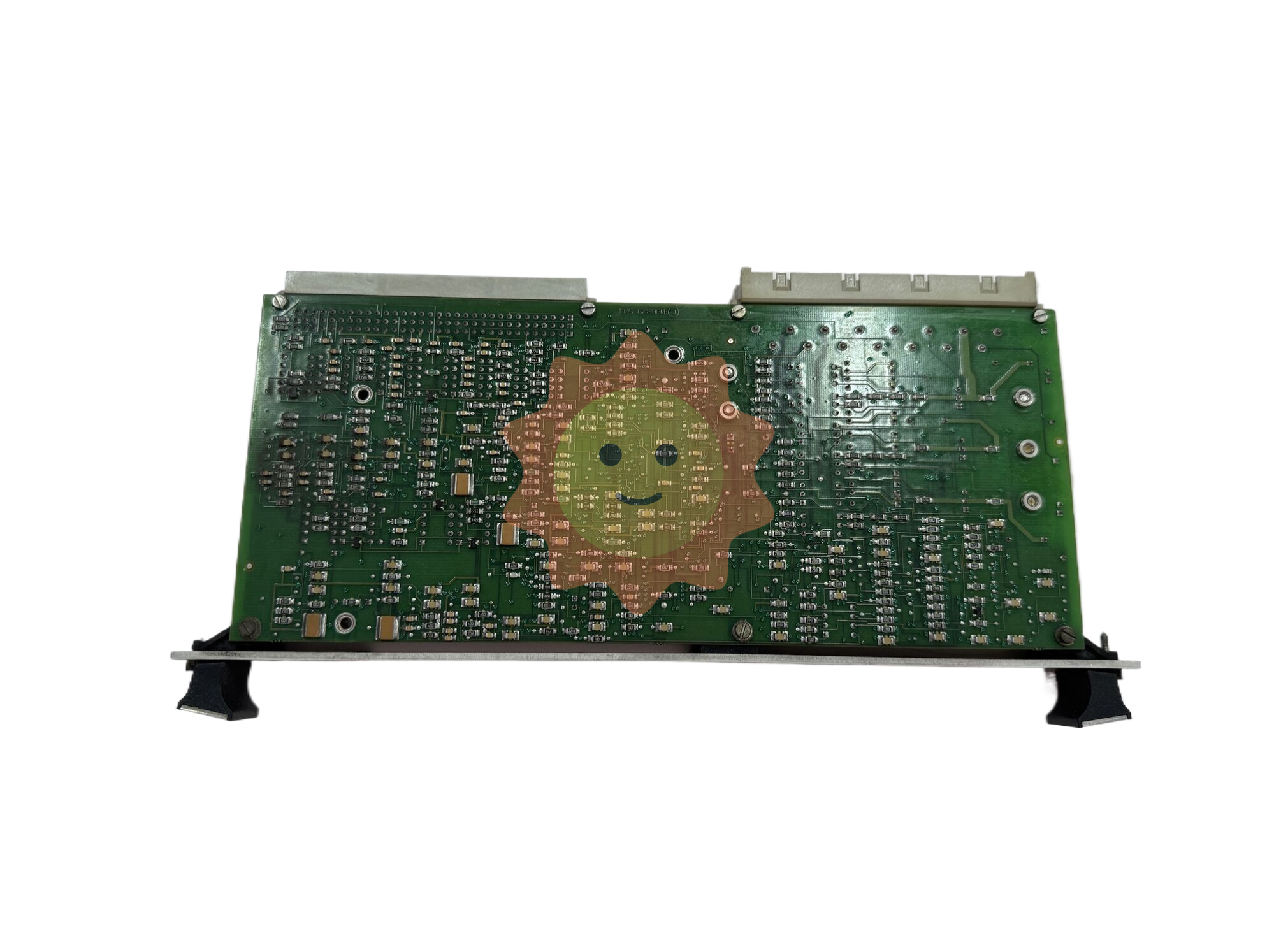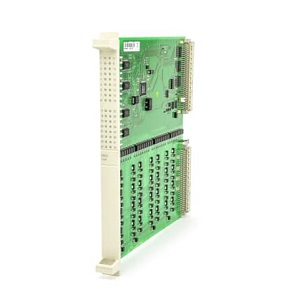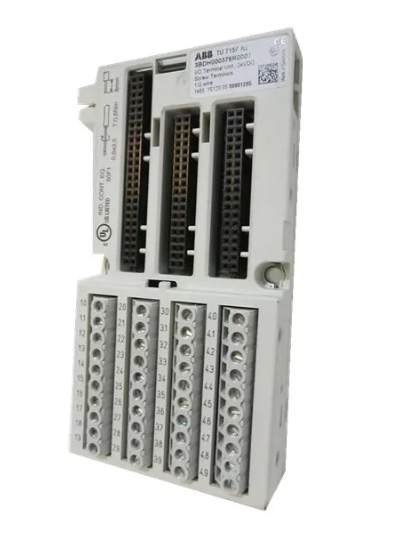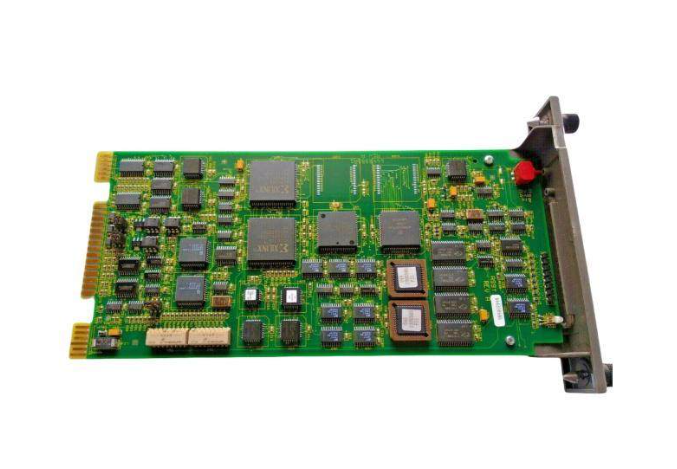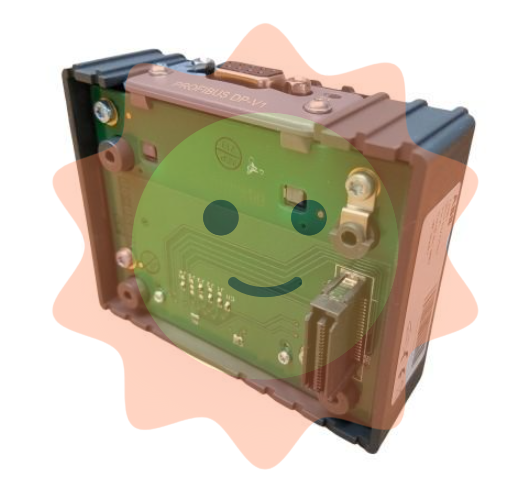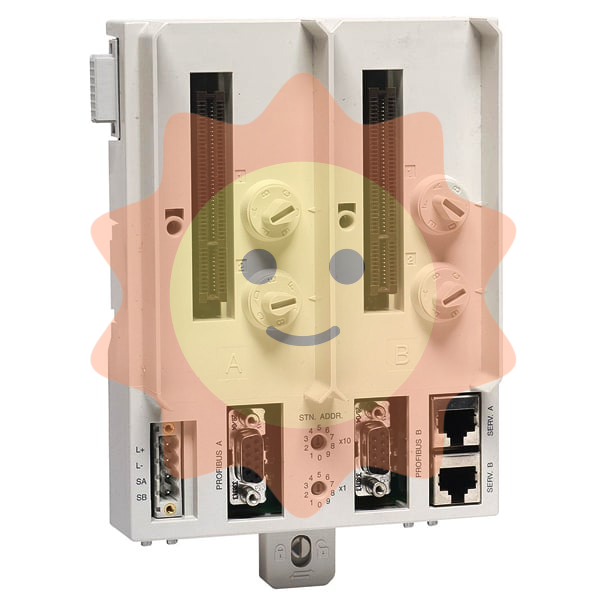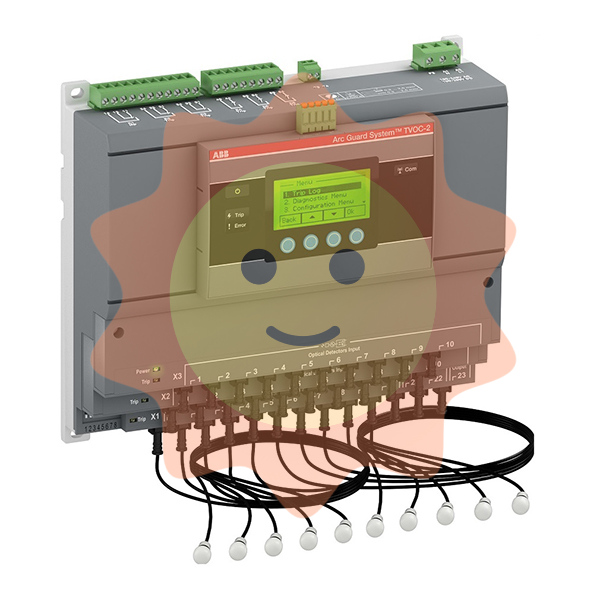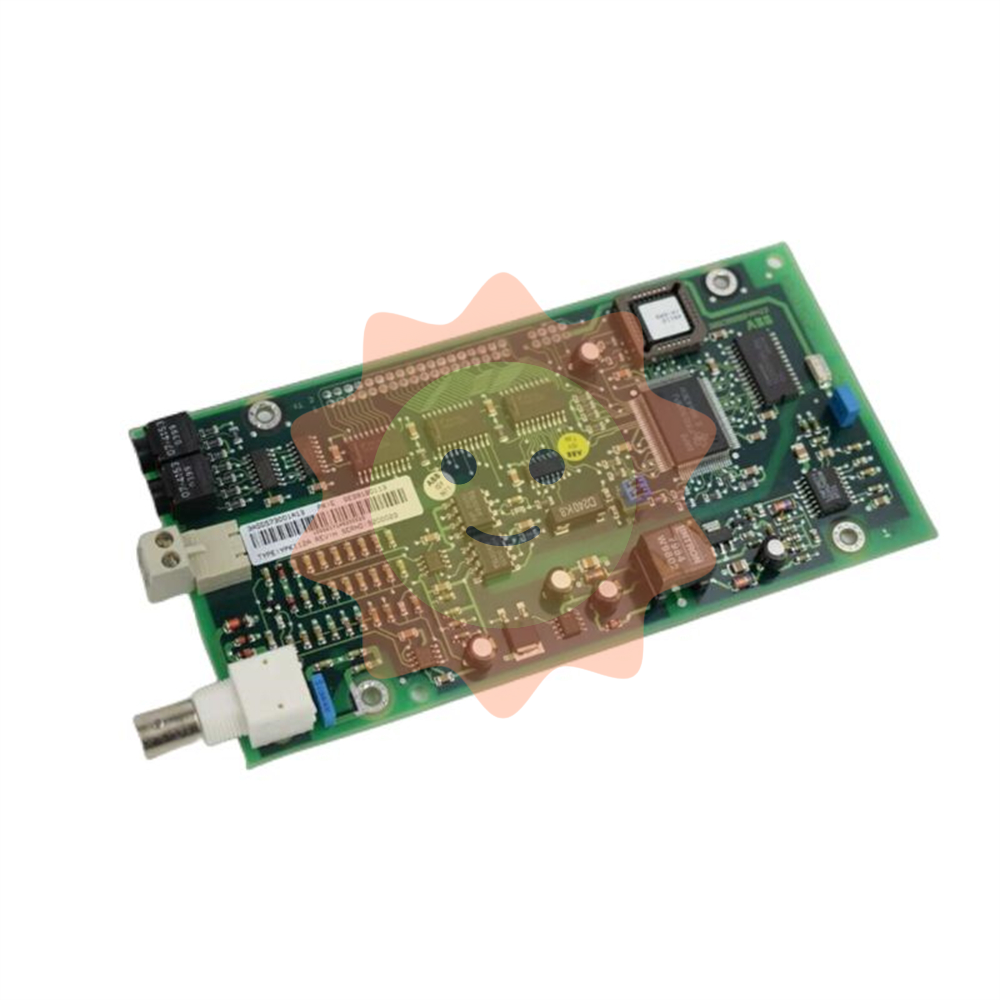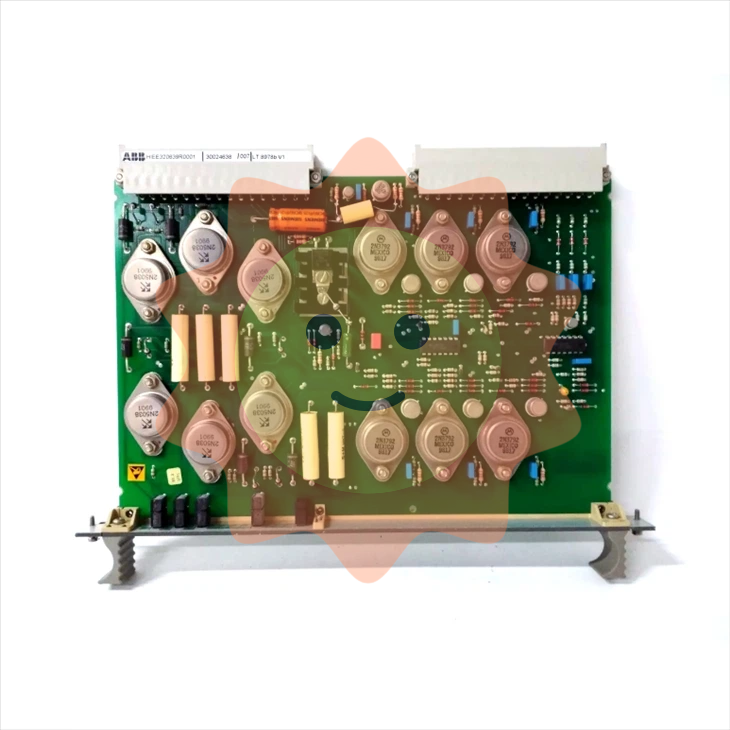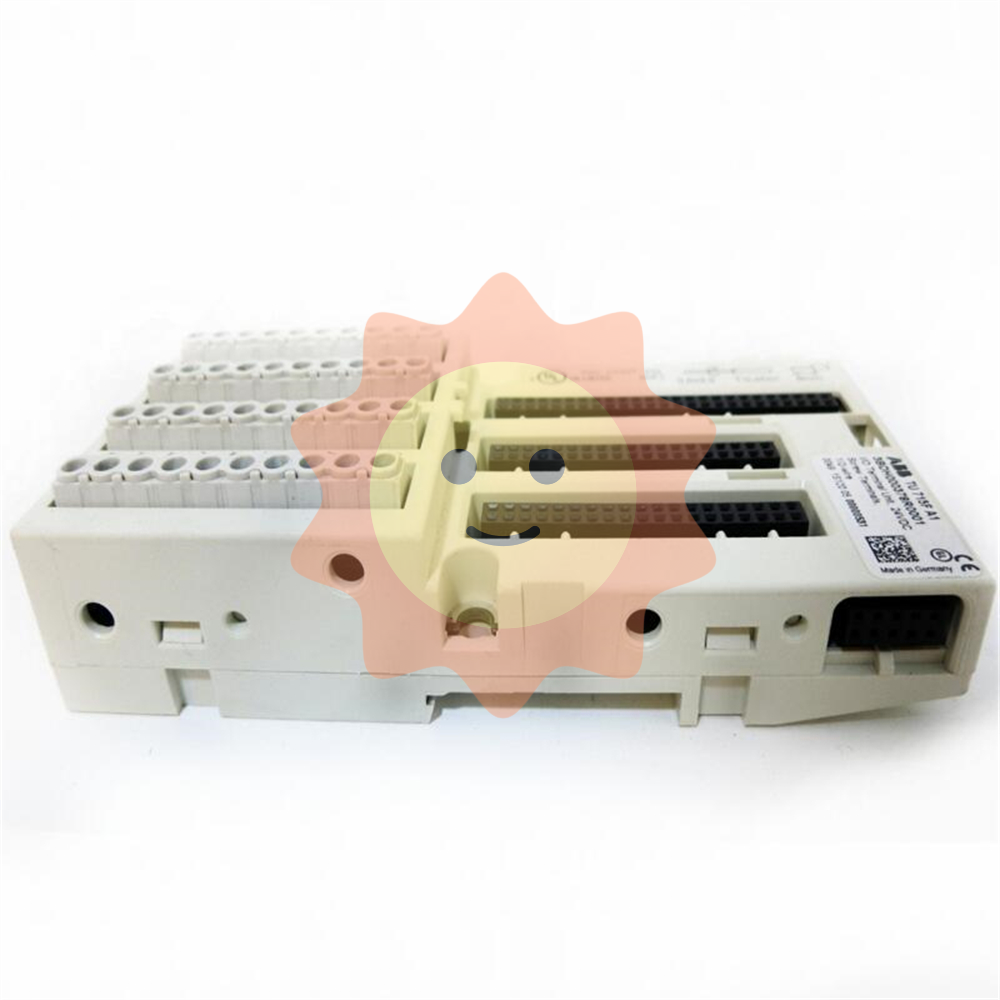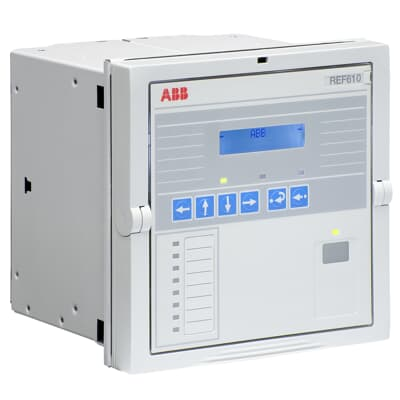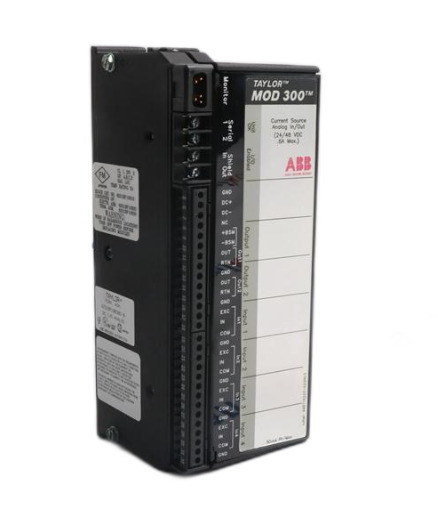ABB IMDS003 digital output slave module
ABB IMDS003 digital output slave module
Product Overview
The ABB IMDS003 digital output slave module is a crucial component of industrial automation network architecture, mainly used to expand the digital output capability of control systems. It can work in conjunction with various main controllers, accurately converting control instructions from the main station into corresponding digital output signals, and then driving numerous external loads. It is widely used in scenarios such as automated production lines, smart factories, and complex industrial control systems, laying a solid foundation for achieving refined and intelligent industrial control.
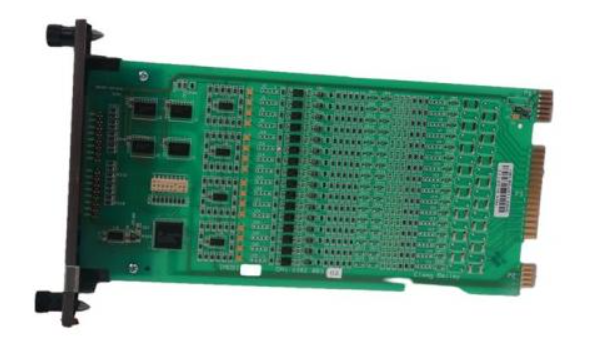
Technical principles and core characteristics
Digital signal processing and output mechanism: This module integrates high-performance digital signal processing circuits internally, which can quickly parse and process digital control signals from the main station. It supports standard industrial communication protocols such as Profibus DP, Modbus TCP, etc., and can seamlessly integrate with different brands and models of main controllers. Once receiving instructions from the main station, the module quickly decodes the signal and then converts the digital signal into a level signal output with sufficient driving capability through its internal driving circuit to control external loads. For example, when the main station sends the command to "turn on a certain device", the IMDS003 module can complete signal processing and output in microseconds, quickly drive load actions such as relays and contactors, and achieve precise control of the device.
High reliability design: In terms of hardware, high-quality electronic components are used, which undergo strict screening and aging testing to ensure the stability of the module in complex industrial environments. The design of its printed circuit board (PCB) fully considers electromagnetic compatibility (EMC), effectively reducing the impact of external electromagnetic interference on the internal circuits of the module through reasonable wiring and shielding measures. At the software level, it is equipped with comprehensive self checking and fault tolerance mechanisms. The module will regularly check its own working status. Once abnormalities are detected, such as signal transmission errors, hardware failures, etc., corresponding fault-tolerant measures can be taken immediately, such as automatically restarting relevant functional modules, sending fault alarm signals to the main station, etc., to ensure the continuous operation of the system and reduce the risk of downtime caused by module failures.
Flexible configuration capability: Supports multiple configuration methods, allowing users to flexibly configure modules based on actual application needs through software tools or hardware dip switches. For example, the initial state (high or low) of the output channel can be set to meet specific requirements for starting different devices; It can also adjust the response time of the output signal. In some application scenarios that require extremely high control speed, the response time can be shortened to the millisecond level. However, in scenarios that require relatively low speed and focus more on stability, the response time can be appropriately extended to improve anti-interference ability. In addition, the module supports hot swapping function, which allows for direct plugging and replacement of modules during system operation without affecting the overall system operation, greatly improving the convenience of system maintenance.
Performance parameters
Number of output channels: With 16 digital output channels, it can simultaneously control multiple external loads to meet diverse control needs. On an automated production line, these 16 channels can be used to control indicator lights, solenoid valves, small relays, and other equipment at different workstations, achieving comprehensive monitoring and control of the production line.
Output voltage and current: The output voltage range is 24V DC ± 10%, which is a common DC voltage level in the field of industrial automation, matching the power supply voltage of most industrial equipment and facilitating system integration. The maximum load current of each output channel is 0.5A, which can directly drive some small power loads, such as common 24V DC relays, indicator lights, etc. For higher power loads, expansion can be achieved through external intermediate relays and other means.
Signal transmission rate: Supports high-speed signal transmission, with a maximum data transmission rate of 12Mbps (in Profibus DP networks). Such a high transmission rate enables the module to quickly respond to control instructions from the main station, ensuring the timeliness and accuracy of equipment actions on high-speed automated production lines and effectively improving production efficiency. For example, in the control system of a high-speed packaging machine, the IMDS003 module can quickly receive instructions from the main station, accurately control each link of the packaging action, and achieve efficient packaging.
- EMERSON
- Honeywell
- CTI
- Rolls-Royce
- General Electric
- Woodward
- Yaskawa
- xYCOM
- Motorola
- Siemens
- Rockwell
- ABB
- B&R
- HIMA
- Construction site
- electricity
- Automobile market
- PLC
- DCS
- Motor drivers
- VSD
- Implications
- cement
- CO2
- CEM
- methane
- Artificial intelligence
- Titanic
- Solar energy
- Hydrogen fuel cell
- Hydrogen and fuel cells
- Hydrogen and oxygen fuel cells
- tyre
- Chemical fiber
- dynamo
- corpuscle
- Pulp and paper
- printing
- fossil
- FANUC
- Food and beverage
- Life science
- Sewage treatment
- Personal care
- electricity
- boats
- infrastructure
- Automobile industry
- metallurgy
- Nuclear power generation
- Geothermal power generation
- Water and wastewater
- Infrastructure construction
- Mine hazard
- steel
- papermaking
- Natural gas industry
- Infrastructure construction
- Power and energy
- Rubber and plastic
- Renewable energy
- pharmacy
- mining
- Plastic industry
- Schneider
- Kongsberg
- NI
- Wind energy
- International petroleum
- International new energy network
- gas
- WATLOW
- ProSoft
- SEW
- wind
- ADVANCED
- Reliance
- YOKOGAWA
- TRICONEX
- FOXBORO
- METSO
- MAN
- Advantest
- ADVANCED
- ALSTOM
- Control Wave
- AB
- AMAT
- STUDER
- KONGSBERG
- MOTOROLA
- DANAHER MOTION
- Bently
- Galil
- EATON
- MOLEX
- Triconex
- DEIF
- B&W
- ZYGO
- Aerotech
- DANFOSS
- KOLLMORGEN
- Beijer
- Endress+Hauser
- MOOG
- KB
- Moxa
- Rexroth


Email:wang@kongjiangauto.com

